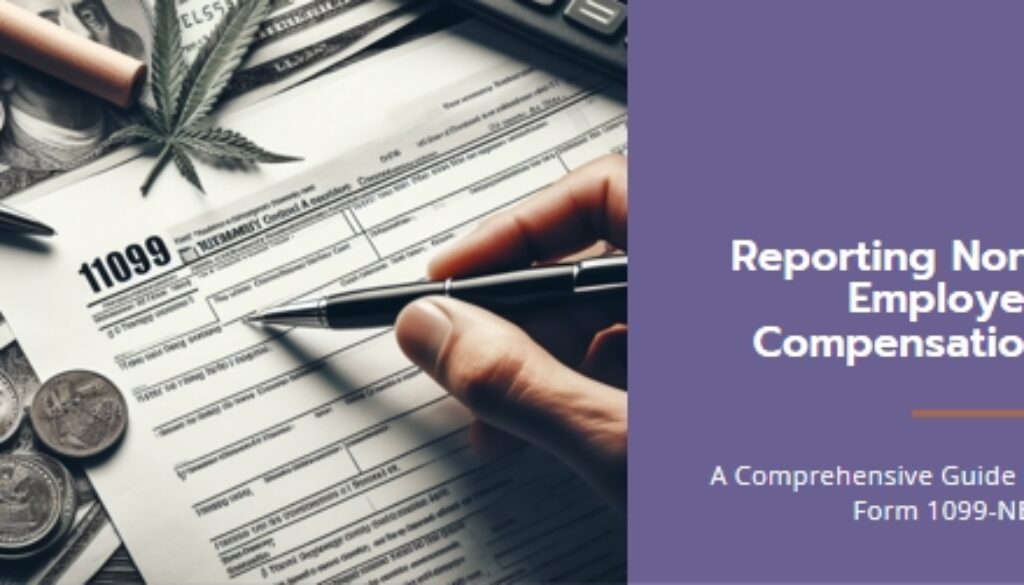Form 1099-NEC: Your Comprehensive Guide to Reporting Non-Employee Compensation
Form 1099-NEC: Your Comprehensive Guide to Reporting Non-Employee Compensation
Introduction
Understanding tax forms is crucial for both businesses and individuals. One such important form is the Form 1099-NEC, used for reporting non-employee compensation. This guide will help you understand what it is, who needs to file it, and how to do so correctly.
What is Form 1099-NEC?
The Form 1099-NEC is a tax form used by the Internal Revenue Service (IRS) in the United States. It’s used to report payments made to non-employee service providers, such as independent contractors, freelancers, or other self-employed individuals. These payments are often referred to as “non-employee compensation.”
If you’re a self-employed person who provides services to other businesses, you might receive a Form 1099-NEC from them at the end of the year. This form shows how much they paid you for your work, and it’s also sent to the IRS. The Form 1099-NEC is different from the Form 1099-MISC, which used to report non-employee compensation until 2020. Need help filing your taxes?
Click here to Book an online appointment
The IRS created the Form 1099-NEC to separate non-employee payments from other types of miscellaneous income, such as royalties, prizes, or rents. You need to report the income from the Form 1099-NEC on your tax return, and you may also owe self-employment taxes on it. The Form 1099-NEC is not a bill, but a record of your earnings. You can use it to track your income and expenses, and to prepare your tax return accurately.
Who Needs to File Form 1099-NEC?
If you’re a business owner who has paid at least $600 to a non-employee service provider within the tax year, you’re required to file a Form 1099-NEC. The non-employee service provider also receives a copy of the form, which they use to report their income on their tax return.
How to File Form 1099-NEC
Filing Form 1099-NEC involves the following steps:
- Gather Information: Collect the necessary information, including the total amount you paid to the non-employee service provider and their tax identification number.
- Fill Out the Form: Complete Form 1099-NEC with the gathered information. The form is available on the IRS website.
- Submit the Form: Send Copy A of the completed form to the IRS and Copy B to the non-employee service provider. The deadline for submitting the form is typically January 31st of the year following the tax year.
- Keep a Copy: Retain Copy C for your records.
Resources
Here are some resources that can help you understand and file Form 1099-NEC:
FAQs
Q: What is non-employee compensation? A: Non-employee compensation refers to payments made to individuals who are not employees of the company. This includes independent contractors, freelancers, and other self-employed individuals.
Q: What is the deadline for filing Form 1099-NEC? A: The deadline for filing Form 1099-NEC is typically January 31st of the year following the tax year.
Q: What happens if I don’t file Form 1099-NEC? A: If you fail to file Form 1099-NEC, you may be subject to penalties by the IRS. The amount of the penalty depends on how late the form is filed.
Q: Can I file Form 1099-NEC electronically? A: Yes, you can file Form 1099-NEC electronically through the IRS’s e-file system.
Conclusion
Understanding and correctly filing Form 1099-NEC is crucial for accurate tax reporting. If you’re unsure about any aspect of this process, consider consulting with a tax professional. Remember, staying informed and organized is the key to smooth tax filing.
Disclaimer: This blog post is for informational purposes only and should not be taken as legal or tax advice. Always consult with a tax professional for your specific needs.
My Business Web Space may earn an Affiliate Commission if you purchase something through recommended links in this article.

